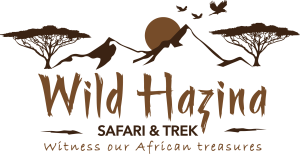FREEQUENTLY ASKED QUESTIONS
A: The dry season, from June to October, is considered the best time for safaris in Tanzania. Wildlife is more concentrated around water sources during this period.
A: Serengeti National Park, Ngorongoro Conservation Area, and Tarangire National Park are among the top choices, offering diverse landscapes and abundant wildlife.
A: Tanzania is home to the Big Five (lion, elephant, buffalo, leopard, and rhinoceros) along with a wide variety of other species, including giraffes, zebras, hippos, and numerous bird species.
A: Look for us we have experienced guides, positive reviews, and a commitment to responsible tourism. Compare itineraries and services to find the one that best suits your preferences and budget.
A: Accommodations range from luxury lodges and tented camps to more budget-friendly options. Choose based on your comfort preferences and the level of immersion you desire.
A: Yes, Tanzania is generally safe for tourists. However, it’s essential to follow the advice of your tour guide and take necessary precautions, especially in wildlife areas.
A: Yes, it is recommended to get vaccinations for yellow fever, typhoid, and routine vaccines. Consult with a healthcare professional well in advance of your trip.
A: Pack lightweight, neutral-colored clothing, a hat, sunscreen, binoculars, a camera, and any personal essentials. Check with your tour operator for specific recommendations.
A: Absolutely! Many visitors combine safaris with activities like hiking Mount Kilimanjaro, exploring Zanzibar’s beaches, or cultural experiences with local tribes.
A: Costs vary depending on the length of the safari, accommodation type, and the level of luxury. Budget for park fees, transportation, accommodation, and optional extras.
